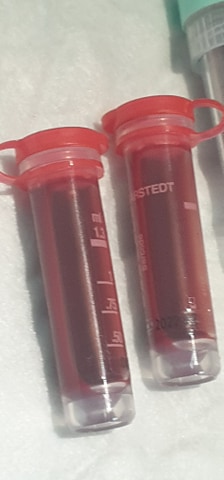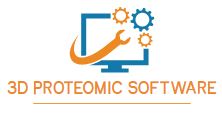Concentration and enrichment of the sample is a key step in the process of extraction and purification of many proteins. Once the protein of interest is isolated, in many cases it is necessary to enrich the sample by increasing its concentration before carrying out subsequent analyzes or tests, especially in those cases in which the amount of total protein is very low.
This week we bring you 5 techniques to concentrate proteins and thus guarantee that they will be at the optimal concentration for carrying out the relevant tests.
1.- CENTRIFUGATION
This is the simplest method of concentrating proteins, and can be used to separate cellular substructures (in case the protein of interest is locally concentrated), or to fractionate a complex protein sample, depending on its sedimentation coefficient.
2.- PRECIPITATION
- Precipitation with neutral salts : in this case, large amounts of neutral salts such as ammonium sulfate or sodium chloride are added to promote interactions that will lead to phenomena of aggregation and precipitation.
- Immunoprecipitation : This method is especially useful to enrich low protein in the sample. The protein of interest is incubated in this case with beads coupled to a specific antibody.
- Isoelectric precipitation : in this technique, precipitation is achieved by varying the pH of the medium, generally with trichloroacetic acid (TCA). This technique is not recommended in the event that the protein needs to remain functional once concentrated.
3.- DIALYSIS
In this case, the solution containing the diluted protein is placed in a dialysis bag or a similar device to dialyze it against a polymer that absorbs water. The dialysis membrane will retain the protein of interest within the dialysis bag, as the water passes through it, thus achieving a more concentrated sample.

4.- ELECTROPHORESIS
The electrophoresis technique allows complex protein mixtures to be separated in a sample based on their size, profile and charge, thus enriching the sample with the protein of interest.
5.- CHROMATOGRAPHY
It is a physical method that allows separating the components of a sample, the following techniques being the most useful for this purpose:
- Ion exchange chromatography (IEC)
It allows proteins to be separated according to their net charges at a certain pH. To fractionate acid proteins, anion exchange chromatography is used, while basic proteins are fractionated by cation exchange chromatography.
- Reverse phase chromatography
It allows separating proteins based on their hydrophobicity. In this case the mobile phase is slightly more polar than the stationary phase, whereby the hydrophobic proteins of the mobile phase will adsorb to the stationary phase, while the hydrophilic proteins will be eluted.
- Affinity chromatography
This technique uses highly specific biological interactions between the protein of interest and an antibody bound to the column.
- Affinity chromatography on immobilized metals
It is based on the formation of bonds between the basic groups present on the surface of the protein and the metal ions. It is a widely used technique for the concentration of phosphorylated proteins.
- Size exclusion chromatography
This last technique allows separating the proteins of a sample based on their molecular mass.

